Every successful innovation begets the scope for new discoveries and innovations. A better healthcare system today ensures longer life expectancy. Consequently, it implores designers to think of systems and infrastructures that can cater to an older demographic. Design Museum’s upcoming exhibition The Future of Ageing, curated by the Design Age Institute, aims to serve as an exploration into the possibility of design serving as a support for the impending change in demographics in the coming years. As better healthcare facilities expand our lives, we will see an increase in the ageing population in years to come. Thus, it becomes imperative to envision designs that can meet the needs and desires of older consumers. “As the world’s leading museum devoted to design, we’re delighted to collaborate with Design Age Institute to present six new research projects that are designed to improve our lives as we age. We will all face the challenges that come with ageing, so we hope all our visitors will leave inspired by how designers can enhance the quality of our lives regardless of our age," says Josephine Chanter, Director of Audiences at the Design Museum about this exhibition that will remain on display from 20 July to 11 September 2022.
Aside from serving as a reflection of the fact that every individual ages, the exhibition also serves as the springboard for conversations about building an inclusive society that aims to prevent older populations from losing agency and freedom due to the apparent restrictions they face as they age. It is predicted that by 2040, more than one-fourth of UK’s population will be over the age of 60. Since most people will remain fit and healthy, will spend considerably less on healthcare and more on travel and other recreational activities, a massive, untapped market will present itself, waiting for designers, brands, retailers and service providers to explore ways and means to create spaces and objects that can fulfil the demands of this demographic.
"It's laudable that the Design Museum is so prominently displaying this work from our Design Age Institute during the summer season, when visitors of all ages will have the opportunity to engage with innovative ideas and designs that will improve access and enrich lives as the average age of our population rises," says Paul Thompson, Vice-Chancellor of Royal College of Art.
As an attempt to initiate this conversation and encourage creatives to come up with new innovations that tend to this shift in demographics, prototypes, sketches and research will be showcased at The Future of Ageing, developed by Design Age Institute, which is based at the Royal College of Art. A total of six new projects will dot the spaces of the Design Museum and will invite visitors to examine the prowess of these designs. These projects are ‘The Centaur’, ‘Gita’, ‘Home Office to Age in Place’, ‘Designing for Joy’, ‘We are all Ageing’, ‘Hearing Birdsong’ and ‘Growing Together’.
The Centaur is a two-wheeled personal electric vehicle or PEV, developed by Centaur Robotics Ltd. Built in such a manner that it can balance itself, this compact vehicle can easily seat individuals facing difficulties with moving around. “I want to end the social isolation resulting from reduced mobility. And I believe good design can do that,” says Paul Campbell, Design Director at Centaur Robotics. By creating a design that is flexible, user-friendly and attractive, this brand aims to deliver convenience to its users, while occupying minimum space. Its compact size ensures that the vehicle can be taken almost anywhere, it can fit through narrow doors and move alongside pedestrians on footpaths.
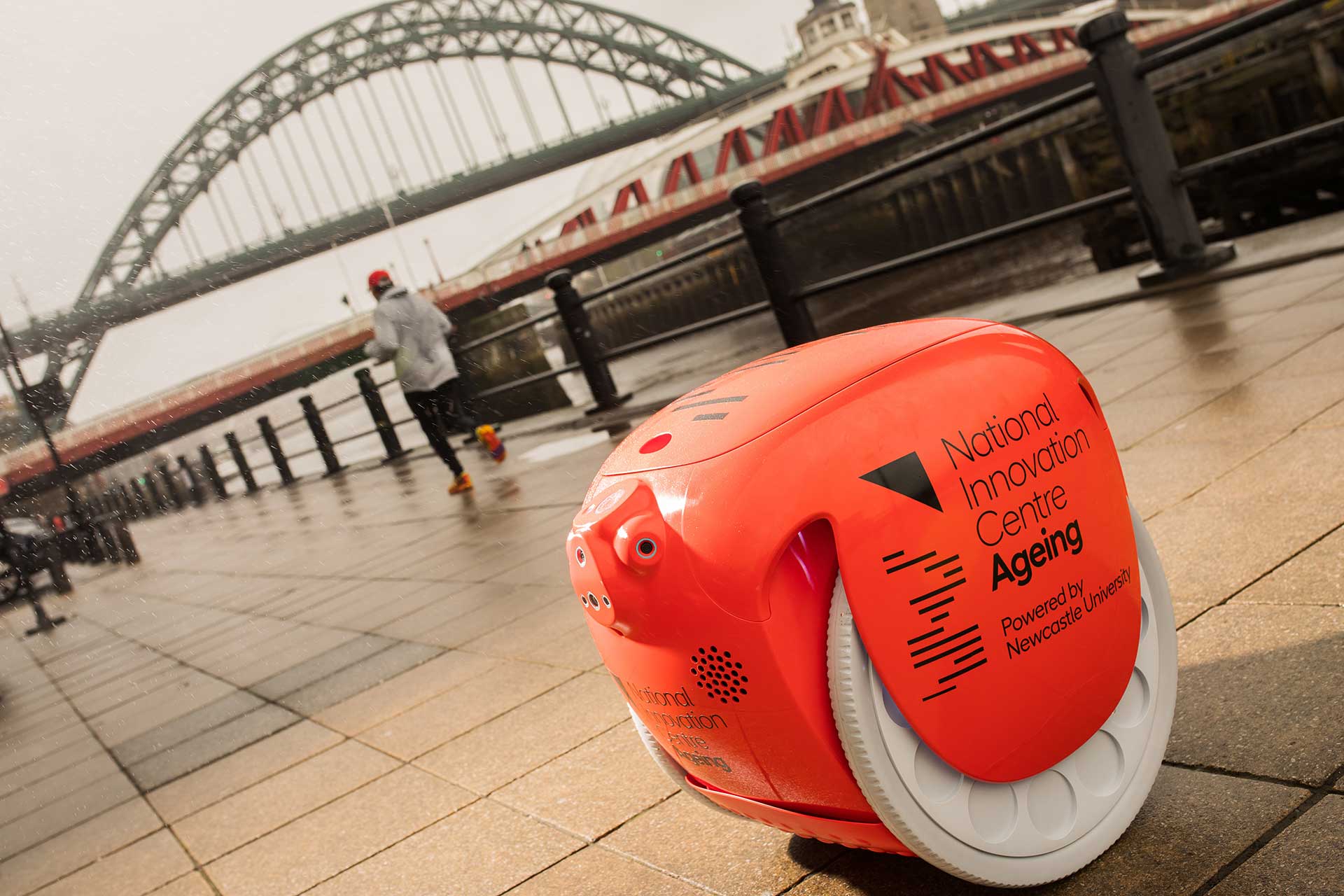
Built as a smart vehicle, Gita comes with a storage space. The vehicle is touted as a hands-free cargo-carrying robot by its creators, Piaggio Fast Forward. Its design is simple and classy, created as it is by the makers of the iconic Vespa scooter. This smart piece of machinery behaves like a friend, moving around with the users and helping carry objects as desired.
Following these two dynamic projects is a more static one, namely Home Office to Age in Place. This project, developed as a flexible working space in an indoor environment, allows users to work independently without moving around a lot, thus making it perfect for situations when the user’s movement is limited. The project was spearheaded by the experts in architecture, design for ageing and computing from Northumbria University and by the furniture designers from Pentagram. One of the designs that was borne out of this collaboration is Light-Block. This design, co-created with users as a mobile lighting, power and storage station, can be carried anywhere and set up on any table to build a proper workstation. Its compact size and adaptability to fit into any space makes it a perfect utilitarian accessory for work.
The exhibition space at the Design Museum will also feature two short films at the beginning and end of the display route. Created in collaboration with the production company Chocolate Films, ‘Design for Joy’ and ‘We are all Ageing’ are two-minute films. While the former focuses on the role of design in meeting the needs of an ageing population, the latter presents five aged individuals creating happy and healthy narratives around ageing. Displayed on large screens that were stationed at the entrance and exit of the exhibition, these narratives serve as perfect prologues and epilogues to the projects displayed in the halls of The Design Museum.
In this age of Artificial Intelligence and Virtual Reality, projects focused on creating a virtual symposium that pricks the senses of its viewers becomes almost imperative. Following through on this demand, architectural studio Kennedy Woods created Hearing Birdsong, an immersive digital audioscape. This application recreates the sounds of the British bird songs in an attempt to support users recently diagnosed with hearing loss. Available for usage in the privacy of one’s home, Hearing Birdsong helps infuse the monotonous process of checking one’s hearing with a little fun.
The sixth project developed by the Design Age Institute to be displayed at this exhibition is Growing Together. Visualised as a long-term project which can bring together local communities that are based in and around The Design Museum, this not-for-profit practice aims to operate in the realm that overlaps design, art and architecture. The model proposes building a multigenerational garden where people from across various generations can congregate and learn new things. “Gardens are places where you can make friends. It is important to have raised beds and places where old and young can learn and grow together. I really want to feel part of a community,” expressed one local resident during the consultation process of this project.
Instead of displaying decorative items in its spaces, The Design Museum will present a series of projects that can poke the curiosity of the viewers and push them to imagine better for everyone’s future. By challenging accepted stereotypes about old age through the various exhibits, the showcase will help visitors connect with older communities and come to terms with the reality that they, too, are ageing. Apart from the physical showcases at the exhibition, an interactive workshop called This Age Thing will bring together people who can share their personal stories and experiences about getting older. Keeping in mind both sustainability and accessibility, the exhibition is designed using appropriate materials and is characterised by plinth heights and routes that are not only suitable for the visitors coming to witness this London exhibition, but can also be carried to other touring locations in the UK.






 Sign in with email
Sign in with email


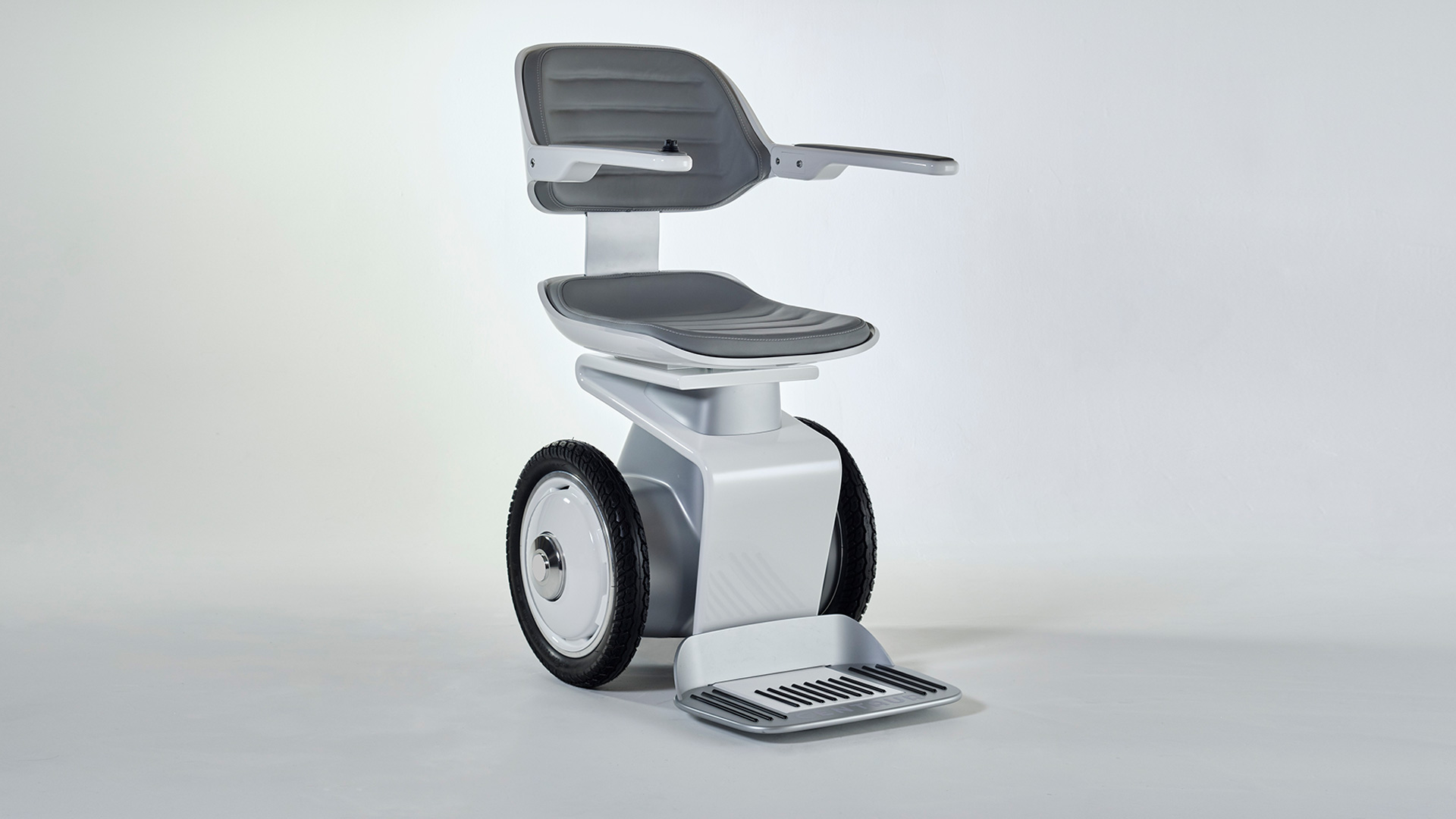
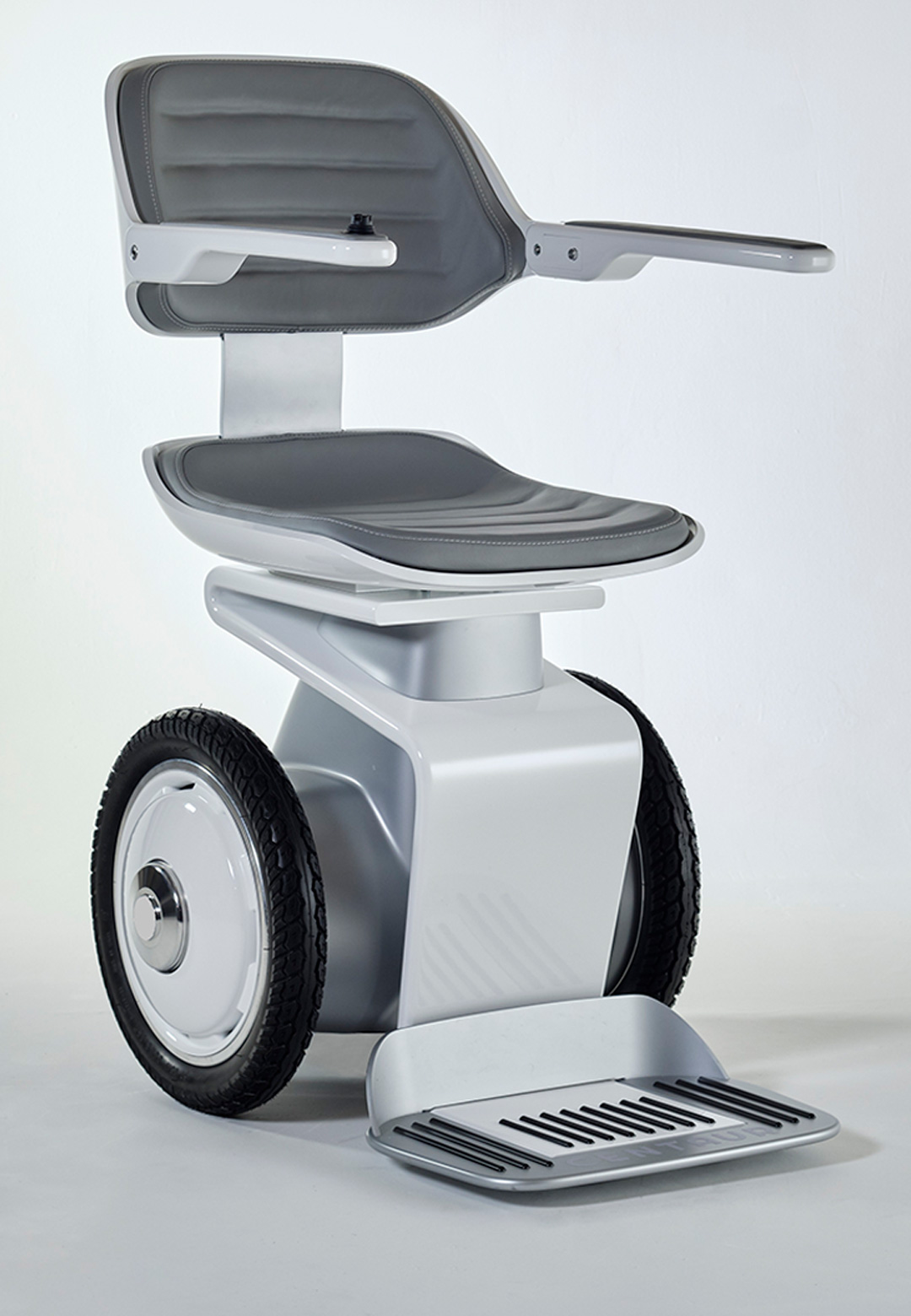
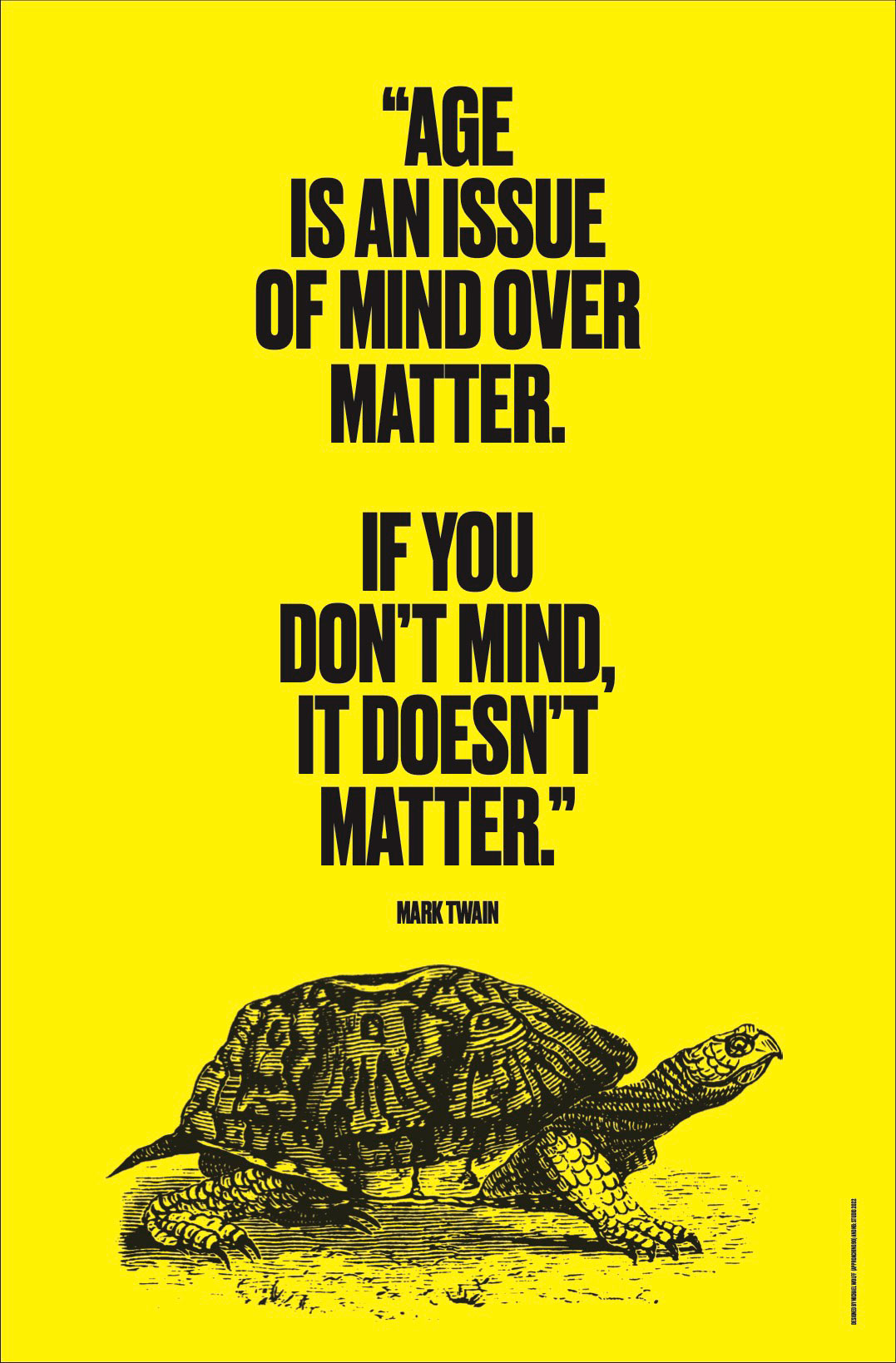
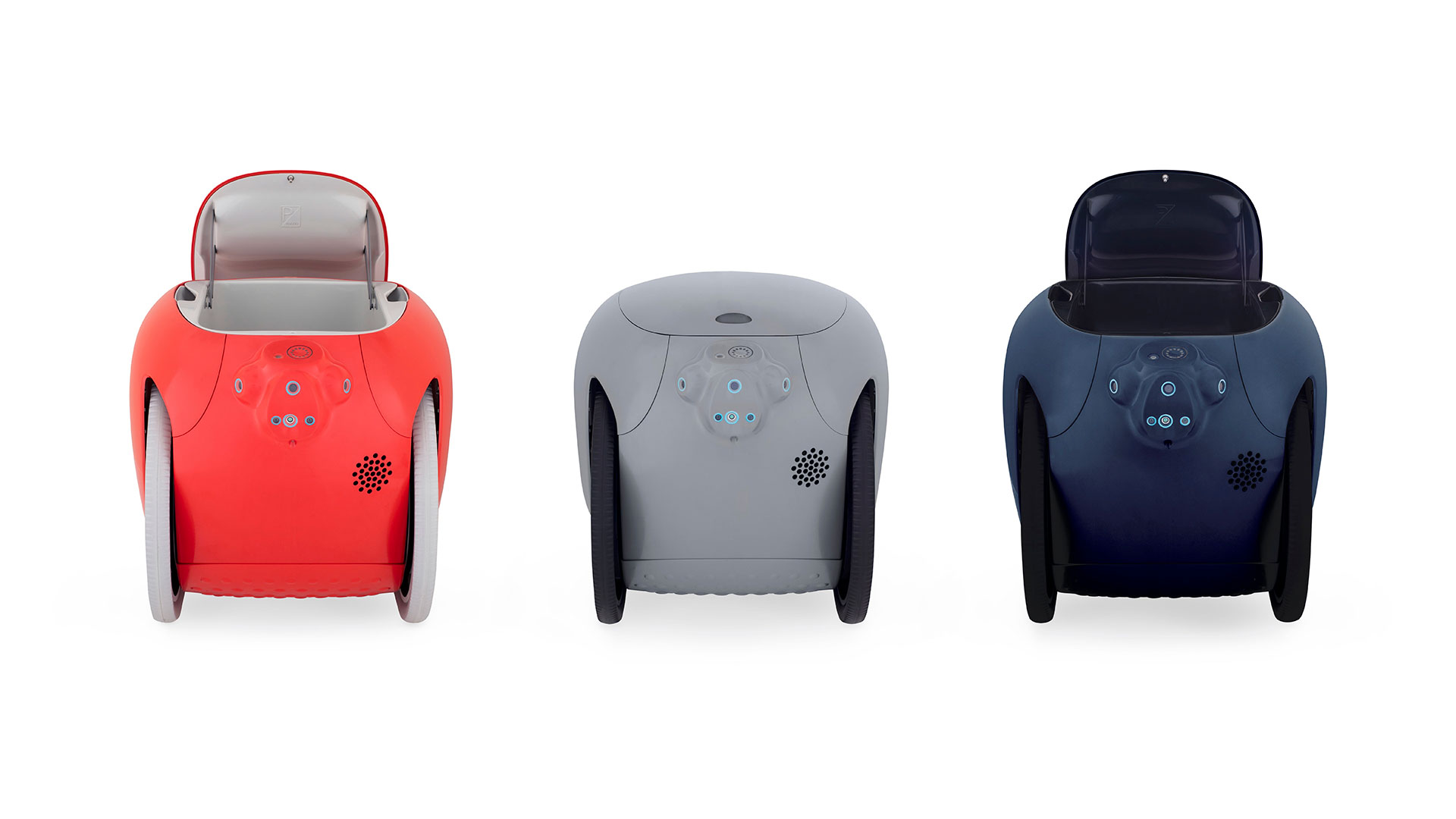
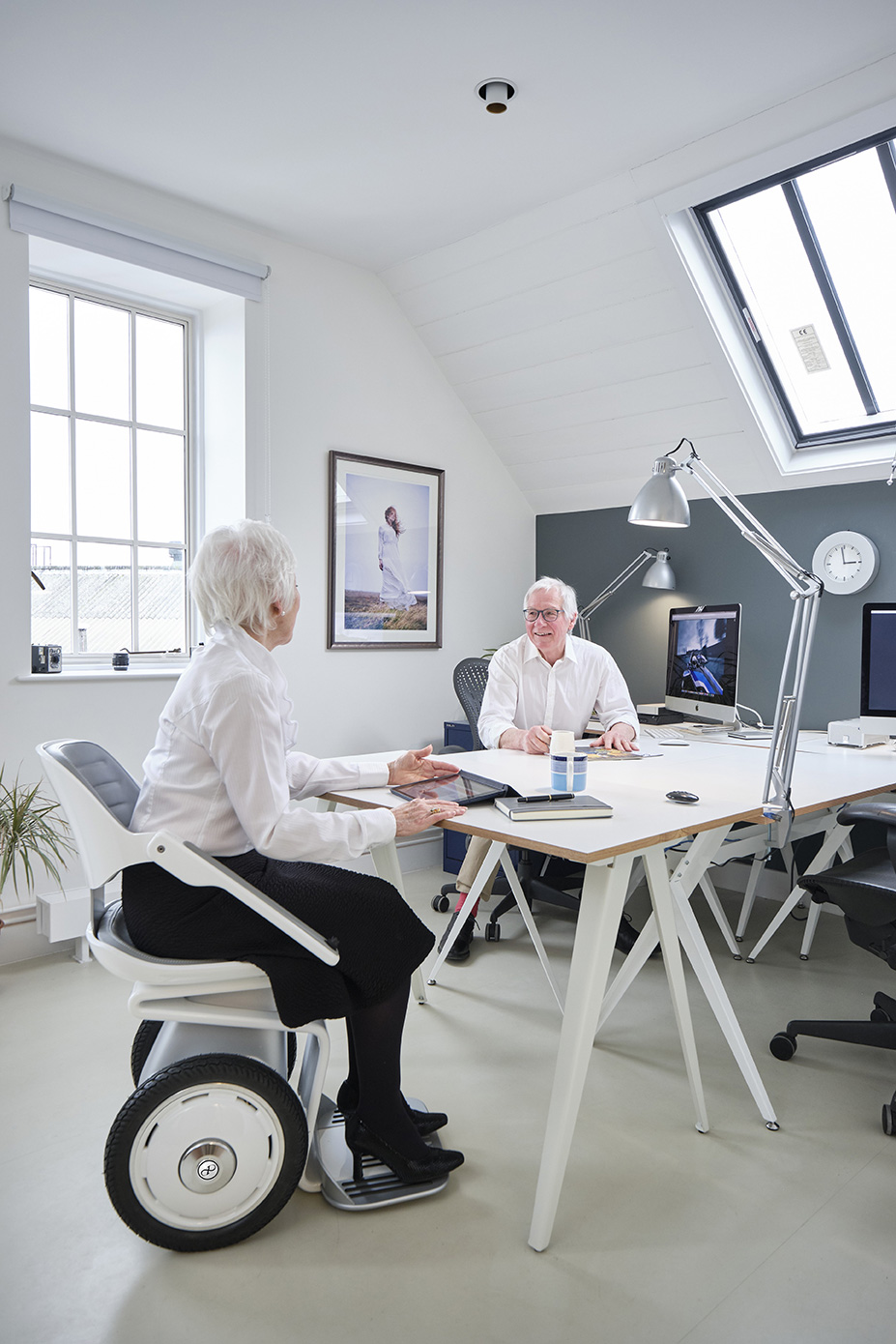

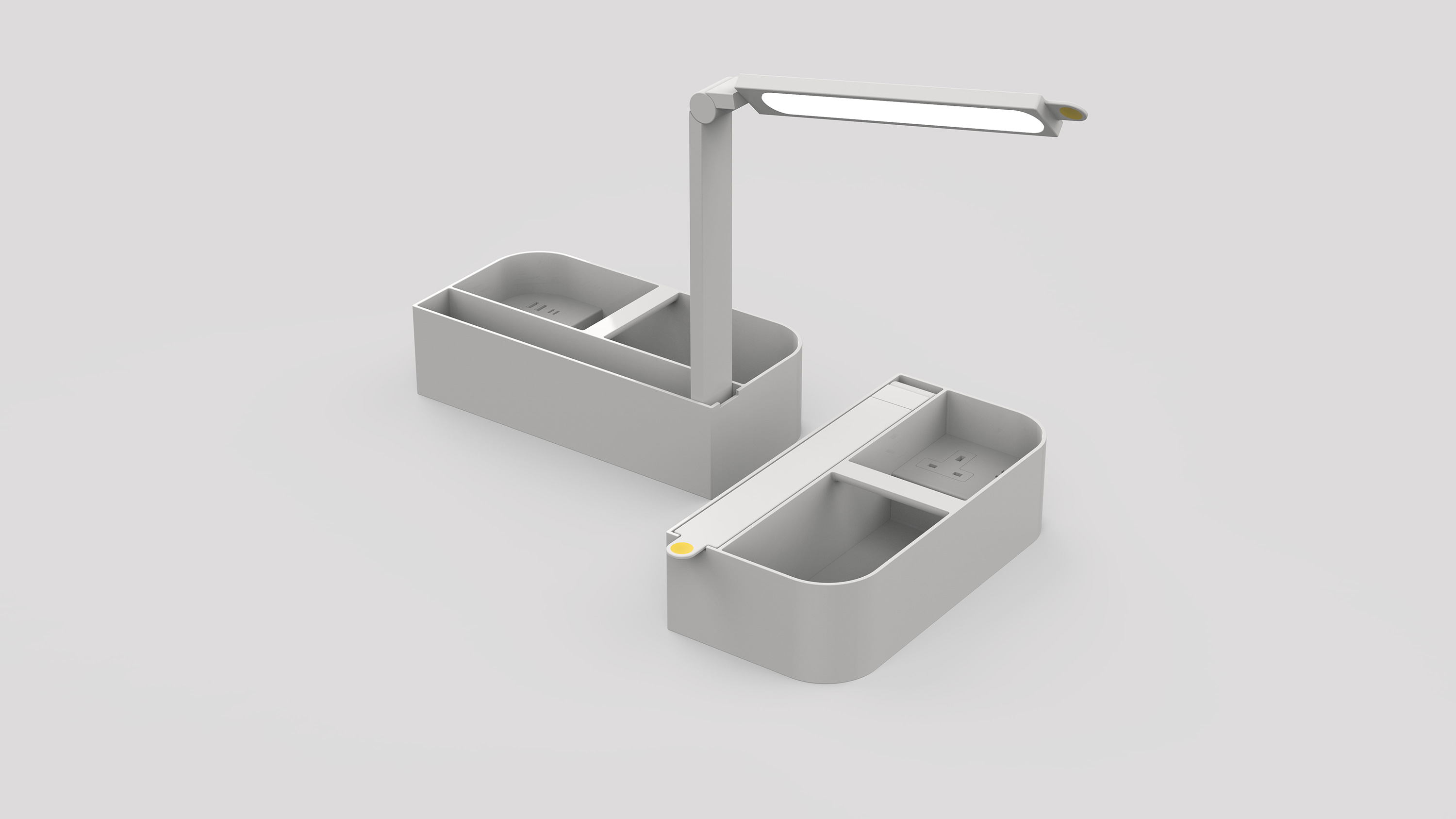
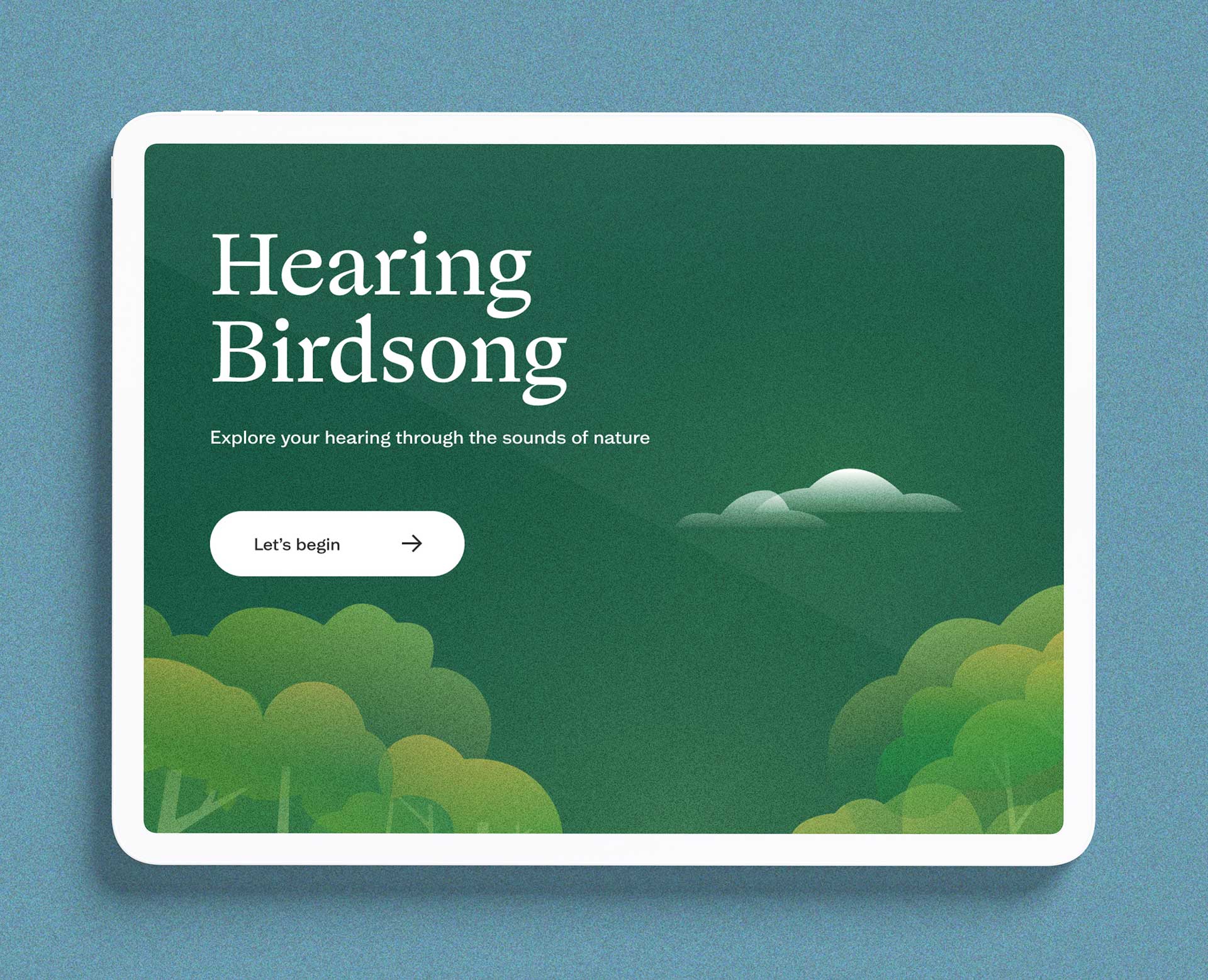






What do you think?